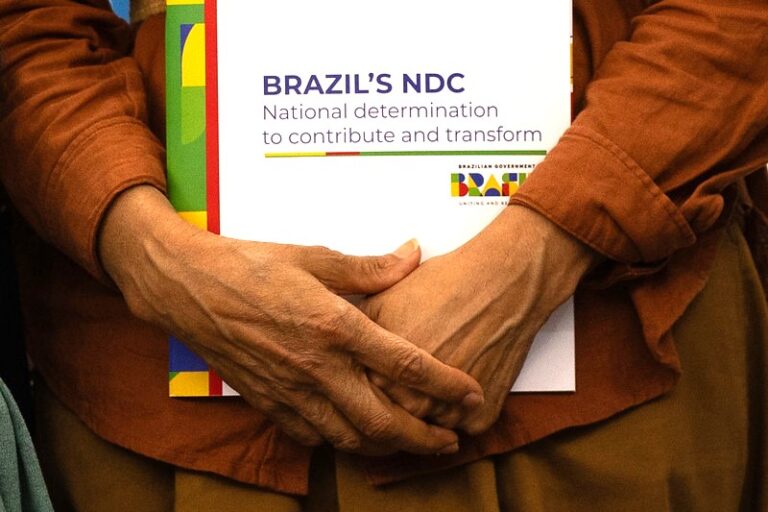E4: Disease control lessons: Lots of Work to Do
This post is part of our live blog series from the Resilient Cities 2015 congress. For more live blogs, please click here.
Cities are climate change hotspots and are therefore very vulnerable to climate-related disease. This session explored how the three Asian cities of Dhaka (Bangladesh), Surat City (India), and Kaohsiung City (Chinese Taipei) have worked and plan to work on combating diseases such as cholera, malaria, and dengue fever.
For some diseases, health may be a difficult issue to work on politically, since impacts are not always immediately visible. This holds true especially for diseases where good strides have recently been made but where climate change threatens to undo this progress. Nonetheless – and to some extent because of this circumstance – panelists stressed that cities should ensure that:
- Communication is greatly improved between departments concerned with (for example) climate, water, and health.
- Early-warning systems are in place and working.
- Response activities happen in a timely manner, which is facilitated by sufficient data gathering and data-based planning of activities and routines
- Information and outreach campaigns and network partnerships are ongoing and visible.
- There are sufficient numbers of well-trained workers and that the response readiness of this personnel is adequate.
- All important types of vector breeding sites in the city are identified. For example, Chiu Wen Chang (Director, Department of Health, City of Kaohsiung) told the audience construction sites were a good place to look as placid water is often found there.
- Downscaling of GCMs (global circulation models) to local conditions is performed dynamically, since this makes a large difference to predicting power.
Related to the latter point, Ali Shafqat Akanda (Assistant Professor, University of Rhodes Island) said:
In my experience there is a large lack of communication between the modeling groups and the people on the ground who need the output in order to enhance their disease control work. This needs to change.
For someone like me, who lacks knowledge in disease control technicalities, perhaps the session’s two most original outcomes were:
- that health has long been one of the impact indicator of climate change, and constitutes a powerful appeal for action, yet remains under-explored; and
- that disease control efforts often come with significant co-benefits, not least in terms of making cities clean and green.
For example, Vikas Desai (Technical Director, Urban Health and Climate Resilience Center) pointed out that, partly as a result of its work on disease control, Surat City was recently dubbed the cleanest city in India.




